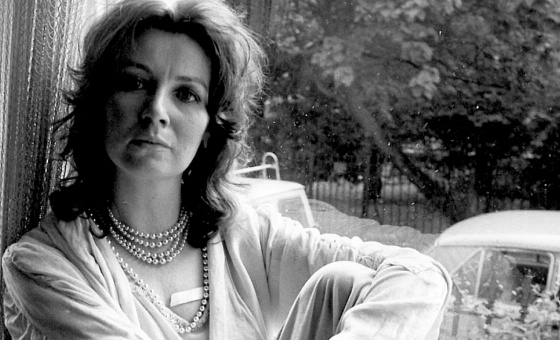This is the last article you can read this month
You can read more article this month
You can read more articles this month
Sorry your limit is up for this month
Reset on:
Please help support the Morning Star by subscribing here
A MIGHTY oak has fallen.
On a certain level it could be argued that George Foreman, who died last week at age 76, spent his entire adult life in boxing and beyond as the man who lost to Muhammad Ali in 1974 in Zaire (Democratic Republic of the Congo) in the most epic heavyweight contest ever to take place.
Known to the world and to sports history as “The Rumble in the Jungle,” Foreman filled the role of villain relative to Ali’s sheriff in the eyes of a world desperate for something to believe in as the Vietnam war stuttered on in a post-colonial age. Where before Ali had filled the former role over his stance in opposition to Vietnam, by 1974 he’d been reborn as a fighter-philosopher revered the world over.
George Foreman was a man in his physical prime when he faced Ali. He’d made it his business to batter and bludgeon his way to a better life than the one he was entitled to expect as the product of the wrong side of town in Houston, Texas.
Born on January 10 1949 at a time when black people were still being lynched in the Deep South, Foreman’s apprenticeship as a fighting man began in the streets. It was there that he discovered the power of power in the process of garnering a reputation which for young feral and dispossessed men such as he is like a narcotic.
Just so fortunate for him that the path he was on led him into the local gym rather than the jail. In 1968 at just 19, he won the heavyweight Olympic Gold in Mexico to provide him with the perfect platform from which to launch a professional career. Still today, the footage of him waving a small US flag in the ring after winning the gold remains iconic.
For many, said footage cemented Foreman’s status as an Uncle Tom, wedded to the apron strings of his oppressor. For others it represented the actions of a young man who’d achieved and was grateful for the personal success he’d just achieved not as a black man, but as a US citizen.
Foreman was no Ali, clearly, but then Ali was no Foreman either. The contrast between both when it came to their differing response to being black in the US is one that continues to occupy the focus of social historians to this day.
Foreman as a fighter was a study in violence. Prior to facing Ali in Zaire, he’d demolished two bona fide heavyweight legends of the sport in the shape of Ken Norton and Joe Frazier. Thus he had every solid reason to be confident of doling out a similar beating to a man who’d been defeated by both.
How wrong he was and how mistaken he ultimately proved to be.
The pain of losing to Ali in Kinshasha, Zaire, in 1974 colonised Foreman’s being to the point where he didn’t fight again until two years later in 1976. The last fight of the first chapter of his career was against Jimmy Young in 1977. Young was a heavyweight contender and longtime Ali sparring partner — average in all but name — who eked out a victory over a past-prime and dispirited Foreman.
Boxing wilderness ensued to the point where Foreman found sanctuary during this period in religion. A Christian pastor he became. It resulted in the brooding, menacing and angry persona of before transforming into that of the happy uncle with words of wisdom rather than the young buck with fists of fury to offer up.
This was 1977. Ten years later came his return to the ring. Was it the need for money or a rediscovery of the passion for the fight game? Perhaps, just perhaps, it was a combination of both. Whatever the motivation, Foreman re-entered the ring after a decade away a fat bald man who on appearances had no right to do so.
But then this is the point at which the laws of physics become non-applicable when confronted by the power of the human spirit. The second instalment of Foreman’s second career lasted from 1987 all the way to 1997. Just imagine! Age shall not wither them, it has been so often said of those who vanish from the earth in war before their time.
Well, age did not wither an aged George Foreman in the ring in his later years either.
His reward for having the audacity to believe precisely that was an IBF world title win over Michael Moorer in 1994 at the age of 45. Though the girth of the man’s belly may have been the size of Ben Nevis by this point, the size of his ring IQ is what truly mattered in the last analysis. The guile that comes with experience proved too much for the physicality of youth, to thus prove that an old lion is still a lion.
Foreman went on to establish himself as an expert boxing commentator and pundit in later years. He brought to the microphone the wit and wisdom of a man who’d seen and done it all when it comes to the affairs of the squared circle.
A man with 81 professional bouts under his belt should never need buy his own dinner again. Yet despite his remarkable number of fights fought, attaching his name to a grill made him way more money than he ever did in the ring.
A mighty oak has fallen.







